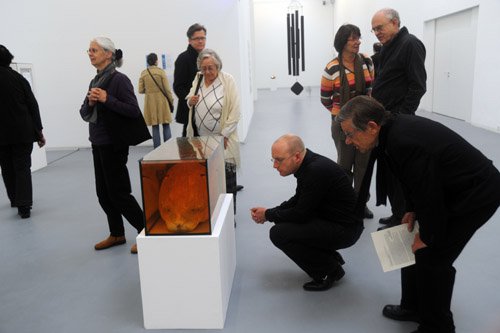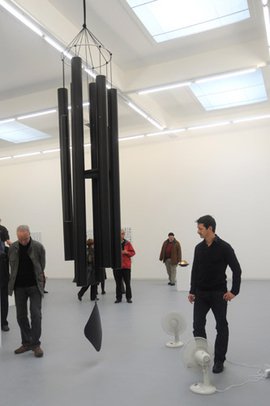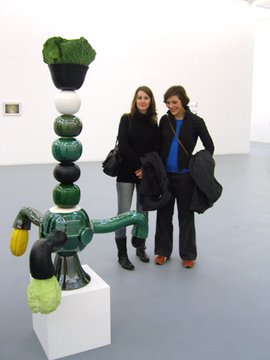Tue Greenfort, San Keller, Klaus Weber: A Better World
November 17, 2008 – January 18, 2009
The exhibition A Better World marks the beginning of a discussion about art and politics today. Three young artistic positions are used as models to examine the extent to which art today can and will continue to be a critical authority. In their work, the artists Tue Greenfort (*1973, Copenhagen/Berlin), San Keller (*1971, Zurich) and Klaus Weber (*1967, Berlin) reinterpret existing social and economic issues precisely and often with humour for their own purposes. Economic, ecological and economic cycles are taken up in order to steer them in other directions, perhaps even in better directions than actual life could allow. Until the 1970s, art was received as a predominantly socio-critical impulse that could also be provocative, but today, as an element of a globalised society, it seems to have lost more and more of its critical edge - at least according to some contemporaries. Has art become a consumer good, chic, fashionable and entertaining, which is no longer about critically scrutinising things? Does it now serve more as a monetary investment than as an instance of reflecting on intellectual and social networks and scrutinising their functionality and validity? Is it really art that has lost some of its social effectiveness, or is it not rather the media society that is no longer able to hear, see or read certain critical content? The exhibition Eine Bessere Welt (A Better World), in which the works are directly related to lived reality and make a critical claim, puts a stop to premature rejections of art. Against the backdrop of a globalised media society, however, should these expectations be dismissed as glorified romanticism, and if so, what can we expect from art today?

A Better World, Exhibition opening, Bonner Kunstverein, 2008. Photo: n.a.

A Better World, Exhibition opening, Bonner Kunstverein, 2008. Photo: n.a.

A Better World, Exhibition opening, Bonner Kunstverein, 2008. Photo: n.a.